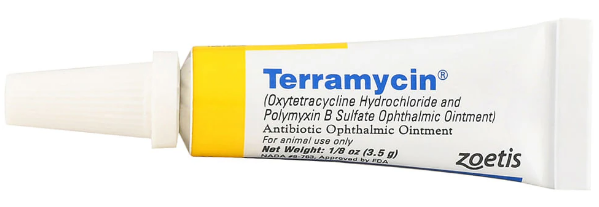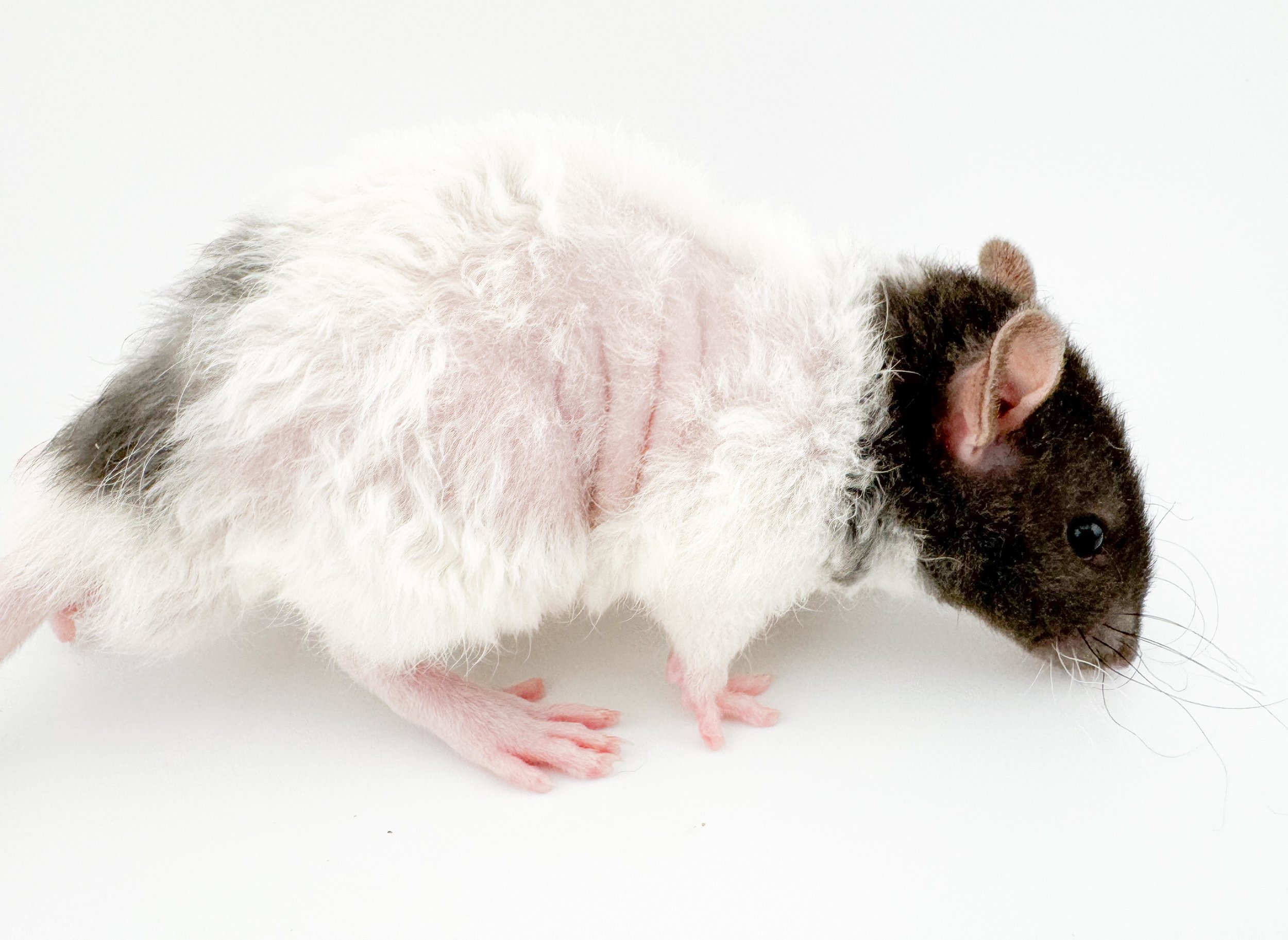
Special Coat Care: Harley, Double Rex & Hairless
Special-coat rats—Harley, Double Rex, and Hairless—bring unique charm and personality to your home, but they can require just a bit more vigilance. In this article, you’ll find clear guidance on the specific warning signs to watch for, a curated list of handy products to keep on hand, and simple care tips that make a big difference. With a little extra attention—not extra work—you’ll see that caring for these distinctive coat types is both rewarding and completely manageable.
Harley, Double Rex, and Hairless rats are the three coat types most prone to dramatic molting cycles and minor skin issues. Unlike standard coats, their fur patterns can shift from patchy to full to nearly bare, and they often lack the undercoat that protects other rats. That makes them more susceptible to scratches, dryness, and eye irritation—so we created this guide to prepare you for the awkward “in-between” stages, plus explain exactly how to handle any small problems quickly and confidently.
Why a Special Guide
What It Is: Two copies of the rex gene produce soft, curly fur that can become patchy or nearly hairless with each molt. Whiskers curl tightly or break off entirely.
Common Concerns:
Temperature Fluctuations: No fur means they feel every draft or heat.
Minor Scratches: Their patchy coat offers less protection.
Eye Exposure: Thin fur around the face can leave eyes vulnerable.
Must-Have Products:
Vetericyn Plus Spray for cleaning any wounds or scrapes.
Coconut Oil (100% pure) to moisturize dry patches.
Styptic Powder to stop bleeding from nail or skin nicks.
Terramycin Ophthalmic Ointment for eye irritation or redness.
Care Tips:
Keep nails trimmed to avoid accidental scratches—clip weekly or as needed.
Keep their room between 70–75°F; avoid direct sun or drafts.
Offer extra fleece hides or snuggle sacks to burrow into warmth.
Remove any sharp edges from platforms or toys.
Gently apply coconut oil to any flaky or rough skin—no more than twice weekly.
At the first sign of redness or discharge, apply a thin layer of Terramycin around the eye and monitor.
Double Rex
What It Is: A recessive gene leaves these rats almost entirely bald, with sensitive, exposed skin and often no whiskers.
Common Concerns:
Temperature Fluctuations: No fur means they feel every draft or heat.
Scratches & Dry Skin: Skin can crack or scratch easily.
Eye Vulnerability: Lack of facial fur heightens irritation risk.
Must-Have Products:
Vetericyn Plus Spray for cleaning any wounds or scrapes.
Coconut Oil (100% pure) to moisturize dry patches.
Styptic Powder to stop bleeding from nail or skin nicks.
Terramycin Ophthalmic Ointment for eye irritation or redness.
Care Tips:
Keep nails trimmed to avoid accidental scratches—clip weekly or as needed.
Keep their room between 70–75°F; avoid direct sun or drafts.
Offer extra fleece hides or snuggle sacks to burrow into warmth.
Remove any sharp edges from platforms or toys.
Gently apply coconut oil to any flaky or rough skin—no more than twice weekly.
At the first sign of redness or discharge, apply a thin layer of Terramycin around the eye and monitor.
Hairless (Recessive)
What It Is: Wispy, fine guard hairs over no undercoat; coat often looks greasy or very thin. Variations like Satin or Silvermane can further alter texture.
Common Concerns:
Dry, Dandruff-Like Flakes: Thin coat can’t retain moisture.
Matting & Tangles: Long guard hairs snag easily.
Hair Loss: Becomes more pronounced with age, especially in females.
Must-Have Products:
Pure Coconut or Olive Oil to fight dryness (use sparingly).
Soft-Bristle Toothbrush or Eyebrow Comb for gentle detangling.
Vetericyn Plus Spray for any open scratches.
Styptic Powder to stop bleeding from nail or skin nicks.
Care Tips:
Gently apply coconut oil to any flaky or rough skin—no more than twice weekly.
Brush through tangles carefully—start at the ends and work upward.
Offer oily treats like black-oil sunflower seeds or a drop of salmon oil in their salad once or twice a week to support coat health.
Avoid strong sunlight and use Selemectin (Kitten-strength Revolution) monthly to prevent external parasites.
Remove any sharp edges from platforms or toys.
Keep nails trimmed to avoid accidental scratches—clip weekly or as needed.
Harley
Even minor cuts can heal quickly, but schedule a vet visit if you notice:
Deep or Bleeding Wounds that don’t stop with styptic powder.
Persistent Eye Issues: redness or discharge lasting more than 24 hours.
Signs of Infection: swelling, heat, or pus around a scratch.
In most cases, a quick spritz of Vetericyn or ointment overnight will clear things up—but it’s always best to consult a professional if you’re unsure.
When to Call the Vet
Special-coat rats can look dramatically different after each molt:
Double Rexes may shift from nearly bald to a soft fuzz and back again—sometimes seasonally, sometimes without warning.
Harleys often see coat thinning accelerate with age.
Hairless pups might sprout fine whiskers after the first molt, then lose them later.
Because each cycle can produce an “awkward” stage, the best predictor of adult appearance is the parent generation—ask to see breeder photos rather than relying on baby snapshots.
Understanding Molting & Coat Changes
While Harley, Double Rex, and Hairless rats do need a bit more monitoring for scrapes, dryness, and eye care, none of these steps require overhauling your routine. With your toolkit ready—coconut oil, Vetericyn, Terramycin, and grooming brushes—and a few extra minutes each day and week, these special rats will stay happy, comfortable, and charming every step of the way.







